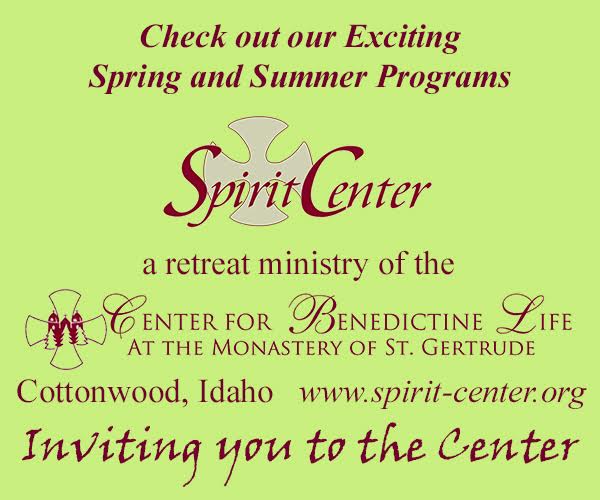When It Comes to Religion, ‘Are You There, God? It’s Me, Margaret’ Was Decades Ahead of Its Time
For me, the story’s attraction wasn’t just that it made me feel ‘seen’ in my anxieties about boys or periods or bras. It was also that someone finally understood my family’s complicated absence from religion.
Commentary by Jana Riess | Religion News Service
It’s taken more than half a century for Judy Blume’s iconic 1970 novel “Are You There, God? It’s Me, Margaret” to appear on the silver screen. But in many ways, the story’s more apt for a 2023 crowd than it was in the era of Richard Nixon and “The Brady Bunch.”
That’s largely because of how it treats religion.
Eleven-year-old Margaret was a “none” before that was quite a thing, before we even used the word “none” as shorthand for people with no religious affiliation.
We learn her situation early on in the book. Margaret, who has just moved from New York City to suburban New Jersey, hasn’t been in her new house more than an hour before a girl named Nancy Wheeler shows up to invite her to run through the sprinklers. (Legit side question: Did the creators of “Stranger Things” know this history when they named their girl-next-door demogorgon slayer Nancy Wheeler? Was the “Stranger Things” character’s name a coincidence, or an homage to the thrall that Judy Blume exerted over girls of a certain era?)
Nancy’s mom offers to include Margaret in their carpool, not just to weekday school but to Sunday school as well — and that’s when the bomb is dropped.
“I don’t go to Sunday school,” Margaret announces.
This is the first of many such explanations Margaret has to make about her family not having a religion. They don’t go to church, but they don’t send her to the Hebrew school either, even though her dad grew up Jewish. In this world of default suburban religiosity, Margaret is an outlier.

That doesn’t mean she doesn’t have a flourishing relationship with God. As the book’s title suggests, Margaret’s got an ongoing private dialogue with the deity, whether she’s praying to ace a quiz or to finally start filling out her training bra.
Margaret’s intimate dialogues with God rang absolutely true to my own experience growing up, especially since they were coupled with ignorance about formal religion. Both of those realities were mine, which is why I read and reread my $1.50 mass market paperback of “Are You There, God?” when I was around Margaret’s age.
For me, the story’s attraction wasn’t just that it made me feel “seen” in my anxieties about boys or periods or bras. It was also that someone finally understood my family’s complicated absence from religion.
We Riesses were, like Margaret’s family, nones before we had a word for it. Nothing. Religiously blank. My mother had been raised as a sort of PINO — Protestant in Name Only — by which I mean she’d been confirmed in junior high and then never darkened the door of a church again.*
My dad hadn’t even had that much religion. He was baptized in a Lutheran church at 2 months old, but there’s no record that he ever went back for any reason after that. He simply hated religion. Whereas my mom was a tolerant agnostic during my childhood (and became a Christian much later in her life), my dad was a full-on atheist who openly declared his contempt for God and for the weak people who professed to need God.
So formal religion was not part of our family culture, however weirdly invested I was personally in God and prayer. I was forever tagging along to my friends’ religious services, both because I thought they were interesting and because I wanted to find the place where I would at last belong.
Margaret, for her part, makes her sixth-grade project an investigation of the different religions available to her — which, since we’re talking about suburban New Jersey a half-century ago, was largely restricted to the Will Herberg trifecta of “Protestant, Catholic, Jew.”
In this nothingness, or none-ness, our family was very much alone. In the early 1970s, when I was little, only 5% of Americans reported having no religious affiliation — a statistic that wouldn’t start to change in a meaningful way until the 1990s. I’d bet it was even lower in our little Midwestern town. I can’t remember any of the kids I grew up with being as thoroughly nonreligious as my own family, which could be lonely at times.
Today, the situation is totally different. Nearly a third of Americans are religiously unaffiliated, and the numbers climb higher with each new generation. Margaret would have felt right at home.
I’m writing this before seeing the movie, so I don’t yet know how it will tackle the religious angle that is such an important plotline of the novel. I suspect that religion won’t feature as prominently in the movie adaptation. Even though the creators have retained the early 1970s setting, the screenplay will have been written in a different world — one in which Margaret, in her desperate prayers to be “normal,” could fit in perfectly well without religion.
* Note: During my childhood, at least. Years later, when I was in my 20s, my mom had a spiritual awakening, and became a Lutheran. (No one was more surprised than I about this development!) She attended church regularly from then until her death, and most of her closest friends were the people from her congregation.







